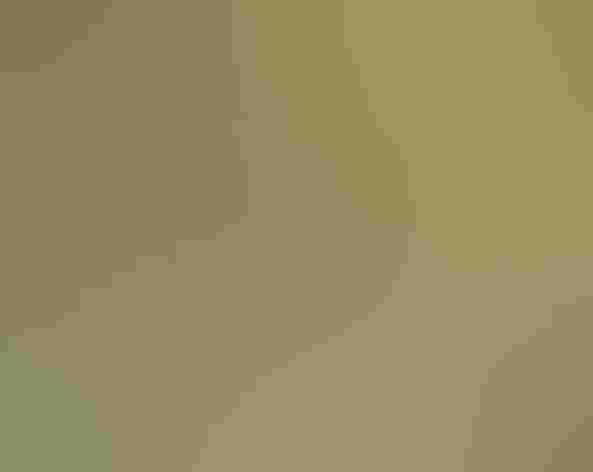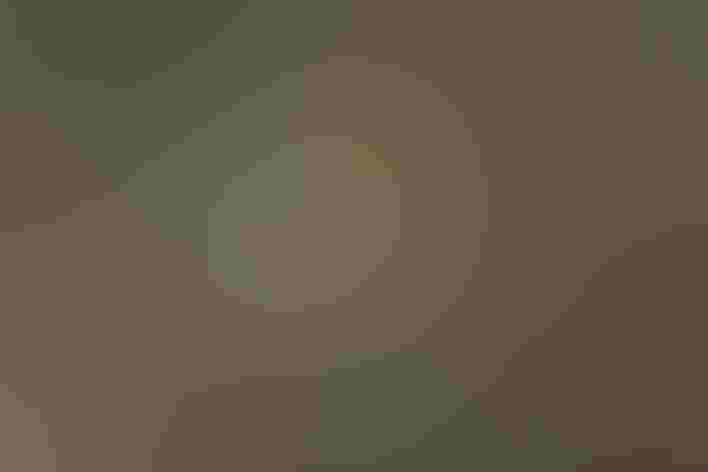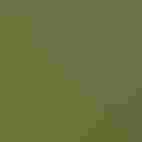Yellow-throated Vireo
At a Glance
In leafy eastern forests, especially among the tall oaks, the slow, husky phrases of the Yellow-throated Vireo can be heard in spring and summer. More colorful than most vireos, it is not any easier to see, usually remaining out of sight in the foliage. However, the male sings throughout the breeding season, as late as August and September.
All bird guide text and rangemaps adapted from Lives of North American Birds by Kenn Kaufman© 1996, used by permission of Houghton Mifflin Harcourt Publishing Company. All rights reserved.
Category
Perching Birds, Vireos
IUCN Status
Least Concern
Habitat
Forests and Woodlands, Shrublands, Savannas, and Thickets
Region
California, Eastern Canada, Florida, Great Lakes, Mid Atlantic, New England, Plains, Rocky Mountains, Southeast, Southwest, Texas, Western Canada
Behavior
Direct Flight, Flitter, Rapid Wingbeats
Population
4.700.000
Range & Identification
Migration & Range Maps
Migrates mostly at night. A rather early spring migrant in the South, often appearing in late March.
Description
6" (15 cm). Yellow "spectacles" and throat, white wing-bars, gray rump. Compare to Pine Warbler and other warblers.
Size
About the size of a Robin, About the size of a Sparrow
Color
Black, Gray, Green, White, Yellow
Wing Shape
Pointed
Tail Shape
Notched, Square-tipped
Songs and Calls
Similar to song of Red-eyed and Solitary vireos, but lower in pitch and with a husky or burry quality to the phrases.
Call Pattern
Flat, Undulating
Call Type
Buzz, Chirp/Chip, Scream
Habitat
Deciduous woodlands, shade trees. Breeds in tall trees in open deciduous woods. Prefers trees such as oaks and maples along streams, lakes, and roadsides. Also will summer in tall trees or orchards in towns. Avoids areas with dense undergrowth. Generally absent in mixed or coniferous forest, where it is probably replaced by the Solitary Vireo. Winters in tropical lowlands and foothills, in habitats ranging from rain forest to dry scrub.
Sign up for Audubon's newsletter to learn more about birds like the Yellow-throated Vireo
Behavior
Eggs
4, sometimes 3-5. Pinkish or creamy white with heavy spots of brown or lavender near large end. Incubation is by both parents, 14-15 days. Frequently parasitized by cowbirds.
Young
Both parents feed nestlings. Young leave the nest 14-15 days after hatching. The parents divide the fledglings, each adult caring for part of the brood.
Feeding Behavior
Forages by searching for insects rather methodically along the twigs and in foliage high in trees. In winter, defends feeding territory and will drive away others of its own kind, but will associate with mixed foraging flocks of other birds.
Diet
Mostly insects, some berries. Feeds mainly on insects. In summer, over one-third of diet may be caterpillars, moths, and butterflies; also eats true bugs, scale insects, aphids, leafhoppers, beetles, sawflies, tree crickets, dragonflies, cicadas, and others. Will also eat various berries, especially in fall.
Nesting
Male defends nesting territory by singing incessantly. In courtship, male leads female to potential nest sites. Nest: Placed in tree (usually deciduous), generally 20-40' above the ground but can be 3-60' up. Both sexes help build open thick-walled cup nest, supported by the rim woven onto a horizontal forked twig. Nest made of weeds, shreds of bark, grass, leaves, and plant fibers. Outside of nest bound with spiderwebs and camouflaged with lichens and mosses; lined with fine grass and pine needles.
Conservation
Conservation Status
Over the last century, apparently has declined in the Northeast, increased in parts of the upper Midwest. Overall numbers probably stable at present.
Climate Threats Facing the Yellow-throated Vireo
Choose a temperature scenario below to see which threats will affect this species as warming increases. The same climate change-driven threats that put birds at risk will affect other wildlife and people, too.







